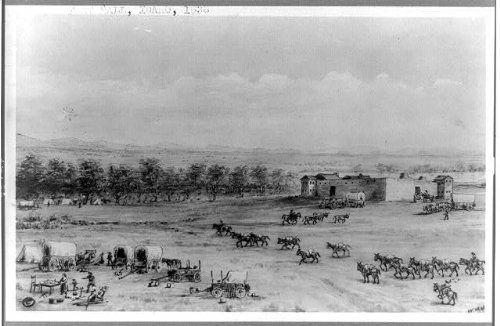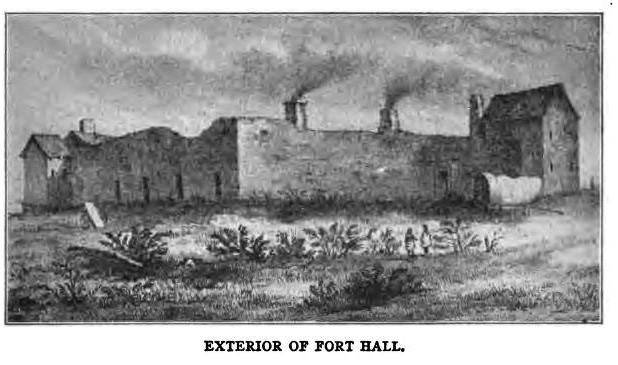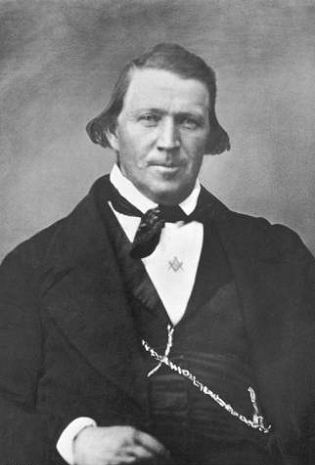 |
| A Shoshone family in native dress - photographed in 1895. |
I am so grateful to any of my readers who post reviews of my books, even those who didn’t like my stories and gave me bad reviews. Davidpizzarro wrote, “The idea that Native Americans in the 19th century accepted homosexuality is absurd. The author is trying to rewrite history, changing the morality of the times to fit his personal modern bias.” I wish amazon.com had a way for me to respond directly to him. The Plains Indians certainly did have homosexuals in their culture. The French called them 'berdache' in the 1700s. Gay natives have been documented in over 155 tribes, each having their own names and customs for same sex (two-spirit) men and women. In Crow, a male two spirit was called boté, in Lakota (Sioux) winkte, in Zuni lhamana, in Navajo nádleehí, and in Shoshone tangowaip.
Plains Indians marriage traditions were predominantly polyamorous with both men and woman taking multiple husbands and multiple wives. This leads me to believe they were polysexual or pansexual as well in their sex play and lovemaking. In this way, the Plains Indians managed to overcome infant mortality and keep families together even if one or more spouses succumbed to warfare, white man diseases, accidents and old age. It also provided spouses to share the hard work of survival in bleak lands.
One Cheyenne woman had five wives and was a great Chief who led her tribe to victories in battle. Sitting Bull (Custer, 1876, Battle of Little Bighorn) had five wives.
There is a ton of anthropological material documenting multiple spouses in Indian cultures. It was the rule rather than the exception, although a few only had one spouse. Some stayed together for life while many divorced. Since men and women are sexual animals, I submit they made love as it pleased them. They did not look at the world through the lens of our Judeo-Christian morality.
Gender fluidity, polygamy and polyandry were huge problems for white America in the 1700s, 1800s and even in the 1900s. So, what did they do? Congress passed laws against it in 1862, 1882, 1887, 1890 and 1892. Starting in 1890 the Office of Indian Affairs began suppressing plural marriage - and most other aspects of traditional Indian culture, insisting one husband and one wife constituted the only legal marriages.













































